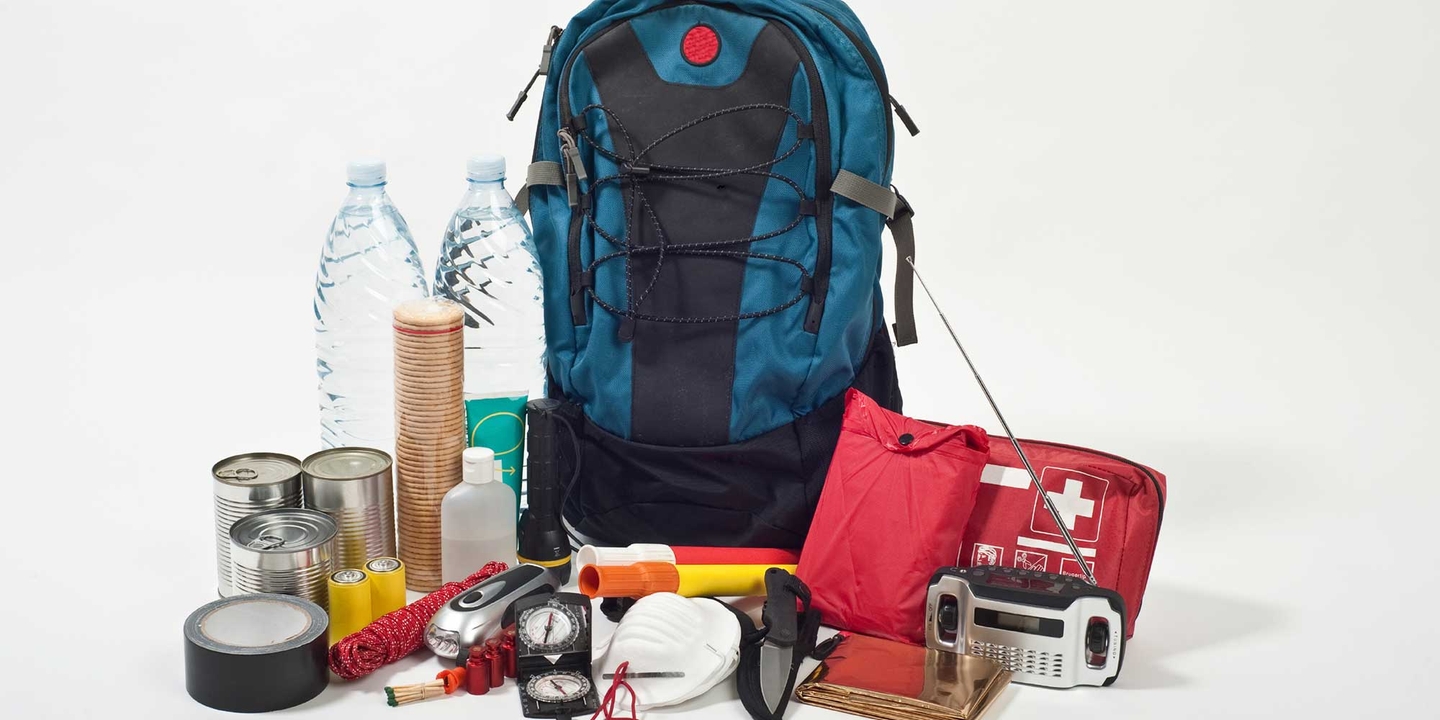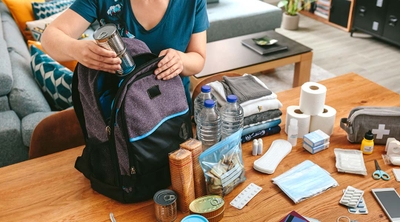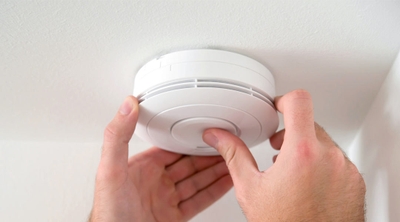How to prepare for severe weather
3 min read
When severe weather strikes, you want to keep yourself and your family safe. Making sure you’re up to date on severe weather preparation for your home can go a long way toward that goal. Enduring a severe storm is always stressful, but if you have a severe weather preparedness checklist to work from, you can be that much more confident of getting through it in the best shape possible.
Severe weather preparation for homeowners
It seems obvious, but our homes are meant to keep us safe from what’s outside. Most of the time, simply closing windows or bringing in lawn chairs is all that’s needed to ride out a passing thunderstorm or seasonal rain shower. But when tornadoes or strong winds, torrential rains, or other major weather events hit, you should know a few severe weather safety tips.
Secure the exterior
Strong winds can easily toss heavy objects through the air. Having storm shutters on your windows can help shield you from flying debris. In a pinch, you can cover vulnerable areas with plywood. Just ensure you have some on hand ahead of time — if a big storm is in the forecast, you’ll compete with many other people for supplies.
Another important aspect of severe weather preparation is checking that your rain gutters are clean and debris-free. A heavy storm can dump a significant amount of rain in a short time. If your gutters aren’t clear, they could clog, overflow, or be damaged, rendering them useless.
It’s also a good idea to trim the trees and shrubs on your property. You may also want to have a professional gauge the health of your trees and determine if you need to remove any of them. Falling trees and broken tree limbs can cause damage to structures and vehicles, especially when strong winds and rain push them to their limits. Of course, if you have patio furniture or other items outside, find a place to keep them out of harm’s way. Having them tossed around during a storm is not only inconvenient but potentially dangerous.
Learn more about how homeowners insurance covers storm damage and tornado damage.
Have a plan for you and your family
A part of severe weather safety is making sure to take care of the inside of your home. A bad storm can knock out power, disrupt phone service, or put roads out of commission. So, it’s a good idea to have an emergency kit ready. Your kit might include items like a supply of drinking water, nonperishable food, a first-aid kit, candles, and matches, and a flashlight. Learn how to create a home emergency kit.
Another thing to plan for before severe weather is protecting valuable items. You’ll want to store important financial documents, treasured family photo albums or mementoes, or jewelry in waterproof containers to keep them safe. Doing an inventory of expensive items, including taking photos or videos, can also come in handy if you need to replace them if damaged.
Another item to add to your severe weather preparedness checklist is to have a plan in place of where to meet in case your family isn’t together or home during a storm. Normally you could just call one another to decide on a meeting place, but what if cell phone service is disrupted? If power goes out for a while, phones could run out of battery power if you’re unable to charge them. Having an emergency meeting place that everyone knows about, and can get to, can remove some of the anxiety you might be feeling when a storm disrupts your life.
Protect your home’s structure and belongings
Homeowners insurance may help repair or rebuild parts of your home’s physical structure and replace personal property in the event your home and belongings sustain damage in a storm, up to the limits of your policy and minus any deductible.






